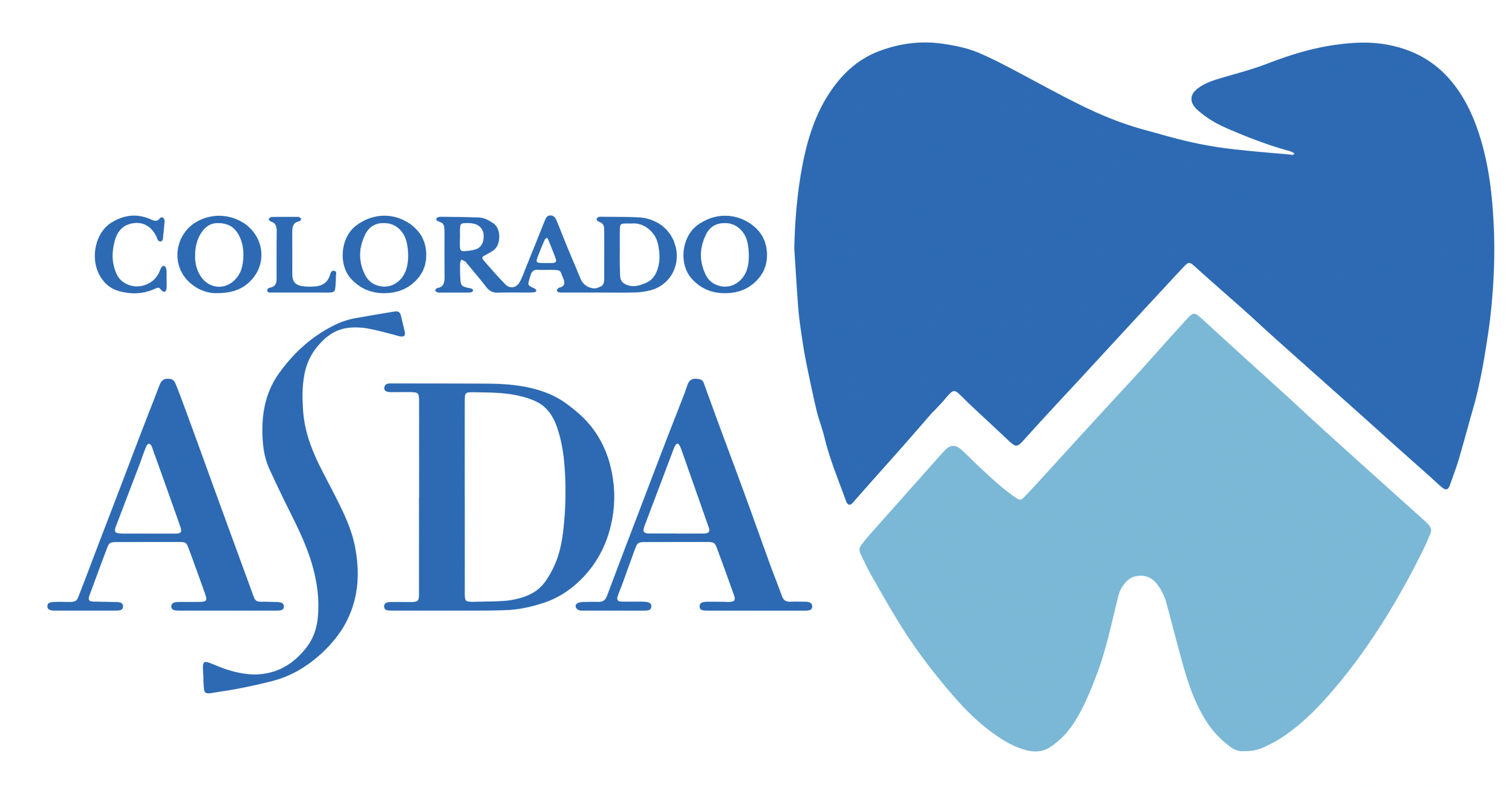Material Selection for Fixed Dental Prostheses
When treatment planning for fixed dental protheses (FDPs), such as a crown or bridge, it is important that you select the correct material by taking into consideration the dental implications as well as patient preference. Below you will find a list of the available materials used to fabricate FDPs as well as their indicated use.
Full-Cast Gold:
Pros: Doesn't fracture. Doesn't wear opposing teeth. Conservative prep. Cons: Esthetics. Possible allergy.
Gold is the "gold standard" as far as dental materials go. It doesn't fracture, it doesn't wear on the opposing teeth and it requires a conservative prep design. However, due to its color, it is usually not the patient's first choice for esthetics.
All-Ceramic:
Pros: Esthetics. Semi-conservative prep. Strength. Biocompatible. Cons: Newer material. Less conservative prep than gold. Possible chipping/fractures.
All-ceramic FDPs (including traditional porcelain [feldspathic], Empress [lucite-based], e.max [lithium disilicate], and zirconia) are the most esthetic of the three choices and are rising in popularity. Although there are differences between the 4 basic all-ceramic material choices, as a group, they are generally considered when esthetics is the patient's main concern since their strength can be lacking. However, due to recent advances in technology and fabrication techniques, this category of dental materials can be considered in all areas of the mouth and will satisfy both strength and esthetic needs.
Porcelain-Fused-to-Metal (PFM):
Pros: Esthetics. Strength. Time-tested. Cons: Least conservative prep. Possible fractures. Possible allergy.
PFM restorations are time-tested and well-proven. They have been the most used material for indirect single and multiple tooth restorations over the past 50 years or so due to the combination of esthetics (from the porcelain) and strength (from the metal). However, their preparation dimensions are the least conservative of all of the choices and, due to recent advances in all-ceramic materials, PFMs are becoming less and less popular.
Additional Resources:
